Capturing the essence of Greece’s breathtaking seascapes and yachts requires a blend of creativity, technique, and knowledge of the best vantage points. From the crystal-clear waters of the Ionian Sea to the vibrant marine life of the Aegean, Greece offers unparalleled opportunities for photographers eager to craft stunning visuals. Whether you’re aiming to document serene coastal landscapes or dynamic yacht scenes, mastering the right composition, timing, and lighting is crucial. This guide explores expert tips, location recommendations, and strategies to help you achieve professional-grade photos of seascapes and yachts, ensuring your work stands out and captures the true magic of Greece.
Key Takeaways
- Capture Stunning Seascapes and Yacht Photos: Shoot during the golden hour for soft, warm lighting that enhances colors and textures.
- Compose Effectively: Use leading lines and the rule of thirds to frame your shots, guiding the viewer’s eye through the composition.
- Enhance Color Balance: Pay attention to vibrant blues and greens, complementing the yacht’s color with the surrounding environment.
- Seamlessly Capture Movement: Experiment with motion, allowing waves and yacht dynamics to add dynamism to your images.
- Sharp Focus and Stability: Focus on details and use a tripod for stability, especially in challenging conditions.
- Respect the Environment: Be mindful of tide levels and weather, and avoid disturbing the ecosystem.
- Elevate Your Photos with Filters and Post-Processing: Use filters to enhance colors and adjust settings in post-processing for optimal results.
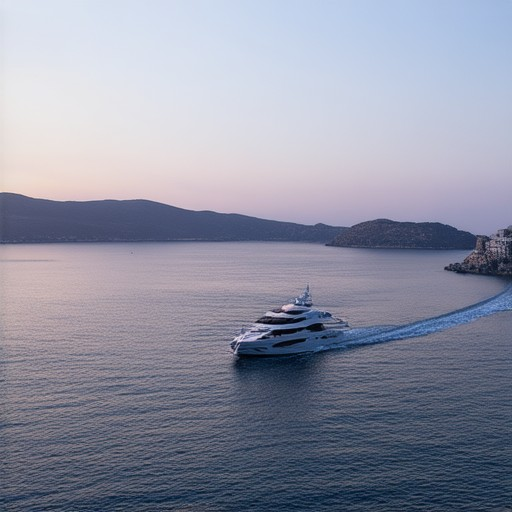
How to Capture Stunning Photos of Seascapes and Yachts
To capture stunning photos of seascapes and yachts, consider the following expert tips:
- Master Lighting : The golden hour, typically 1-2 hours after sunrise or before sunset, offers soft, diffused light ideal for seascapes. Use a tripod to keep your camera steady and avoid blurring.
- Wide-Angle Lens : A wide-angle lens is perfect for capturing the vastness of seascapes. Look for opportunities to include boats or yachts in your frame to add scale and drama.
- Leading Lines : Utilize lines in the scene, such as waves, boat masts, or rigging, to draw the viewer’s eye towards your subject, whether it’s a distant yacht or a close-up of the boat itself.
- Shallow Depth of Field : By focusing sharply on your subject and blurring the background, you can emphasize the yacht or seascapes while creating a sense of depth and movement.
- Polarizing Filter : Use a polarizing filter to reduce glare and enhance the colors of the sky and water, making the scenes more vibrant and dynamic.
- Composition Techniques : Experiment with compositions that highlight the symmetry and balance of the yacht or the surrounding ocean. Consider shooting from a lower angle to emphasize the size of the vessel against the horizon.
- Edit Thoughtfully : Post-processing is crucial. Adjust colors to enhance saturation and vibrancy, and ensure horizons are straightened for a professional finish.
For more inspiration and resources, explore the Sailing Photo Awards , a platform celebrating the artistry of sailing photography with tips, galleries, and community stories.
How to Capture Stunning Photos of Seascapes and Yachts
Crafting stunning seascape and yacht photographs requires a combination of technical expertise, creativity, and attention to detail. Here’s a step-by-step guide to help you achieve professional-quality results:
- Choose the Right Equipment
- A high-quality digital camera with a wide-angle lens is essential for capturing the vastness of seascapes.
- A tripod ensures stability, particularly when using slow shutter speeds or capturing long exposures.
- Consider adding a circular polarizer filter to reduce glare and enhance color vibrancy.
- Time Your Shots Wisely
- Golden hours (sunset and sunrise) provide soft, warm lighting that enhances seascapes and yachts.
- Cloudy or overcast days can create dramatic mood with diffused light and dramatic skies.
- Midday light is ideal for highlighting details on yachts and boats, but be cautious of harsh shadows.
- Master Composition Techniques
- Use leading lines (like the horizon or the bow of a yacht) to create dynamic compositions.
- Experiment with symmetry and balance, especially when framing yachts against the backdrop of the sea.
- Included angles can emphasize the scale and grandeur of your subjects.
- Technical Settings
- Set your camera to manual focus mode for precise control, especially in low-light conditions.
- Adjust your aperture and ISO settings to achieve the desired depth of field and sensitivity.
- Use slow shutter speeds (1/15 to 1/30 seconds) to capture smooth water movements and motion blur on yachts.
- Post-Processing Tips
- Remove unwanted objects or people from your frames during editing.
- Adjust colors and contrast to enhance the atmosphere of your scenes.
- Sharpen your images to maximize detail and clarity.
- Stay Responsive to Weather Conditions
- Monitor weather forecasts to take advantage of perfect conditions for photography.
- Be prepared for sudden changes in weather, which can create unique and dramatic seascapes.
- Check tide charts to find opportunities for capturing yachts at different water levels.
By combining these techniques and paying attention to the details, you can create seascape and yacht photographs that stand out and captivate viewers. Explore more resources and inspiration on Sailing Photo Awards to further enhance your photography skills.
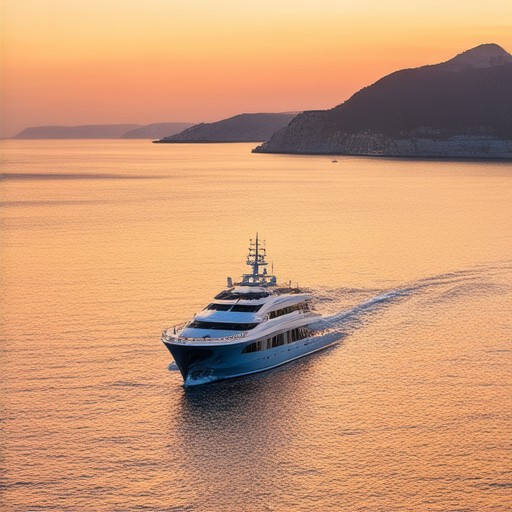
How to Capture Stunning Photos of Seascapes and Yachts
Crafting stunning seascape and yacht photographs requires a combination of technical expertise, creativity, and attention to detail. Here’s a step-by-step guide to help you achieve professional-quality results:
- Choose the Right Equipment
- A high-quality digital camera with a wide-angle lens is essential for capturing the vastness of seascapes.
- A tripod ensures stability, particularly when using slow shutter speeds or capturing long exposures.
- Consider adding a circular polarizer filter to reduce glare and enhance color vibrancy.
- Time Your Shots Wisely
- Golden hours (sunset and sunrise) provide soft, warm lighting that enhances seascapes and yachts.
- Cloudy or overcast days can create dramatic mood with diffused light and dramatic skies.
- Midday light is ideal for highlighting details on yachts and boats, but be cautious of harsh shadows.
- Master Composition Techniques
- Use leading lines (like the horizon or the bow of a yacht) to create dynamic compositions.
- Experiment with symmetry and balance, especially when framing yachts against the backdrop of the sea.
- Included angles can emphasize the scale and grandeur of your subjects.
- Technical Settings
- Set your camera to manual focus mode for precise control, especially in low-light conditions.
- Adjust your aperture and ISO settings to achieve the desired depth of field and sensitivity.
- Use slow shutter speeds (1/15 to 1/30 seconds) to capture smooth water movements and motion blur on yachts.
- Post-Processing Tips
- Remove unwanted objects or people from your frames during editing.
- Adjust colors and contrast to enhance the atmosphere of your scenes.
- Sharpen your images to maximize detail and clarity.
- Stay Responsive to Weather Conditions
- Monitor weather forecasts to take advantage of perfect conditions for photography.
- Be prepared for sudden changes in weather, which can create unique and dramatic seascapes.
- Check tide charts to find opportunities for capturing yachts at different water levels.
By combining these techniques and paying attention to the details, you can create seascape and yacht photographs that stand out and captivate viewers. Explore more resources and inspiration on Sailing Photo Awards to further enhance your photography skills.
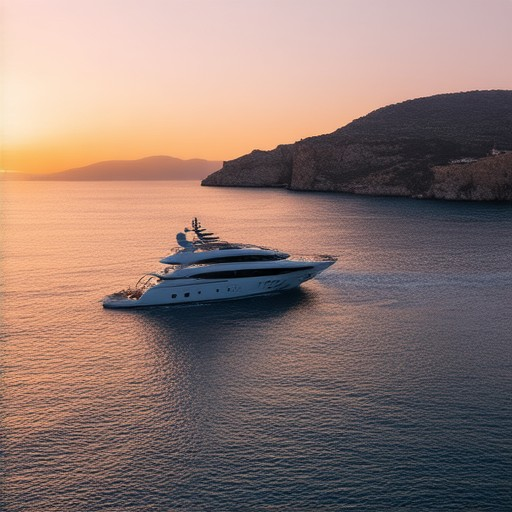
How Can You Capture Stunning Photos of Seascapes and Yachts?
To capture stunning photos of seascapes and yachts, consider the following expert tips:
- Lighting :
- Shoot during the “golden hour” when the sun is low on the horizon, as this creates soft, diffused light that enhances textures and colors in the scene.
- Avoid shooting directly into the sun, as this can cause harsh shadows and overexposure.
- Composition :
- Use leading lines (like the horizon or the bow of the yacht) to guide the viewer’s eye through the frame.
- Apply the rule of thirds by placing key elements (like the yacht or distant waves) in the foreground, middle, or background of the shot.
- Color Balance :
- Pay attention to color contrasts between the sky, water, and yacht. Use editing tools to adjust hues and saturation to bring out vibrant colors.
- Movement :
- Capture the movement of the waves and the yacht to add dynamism to your photos. Try using longer exposure times to smooth out the water surface.
- Focus :
- Ensure sharp focus on the foreground elements, such as the yacht’s details or distant lighthouses, to draw attention to those parts of the scene.
- Environmental Considerations :
- Respect the environment by staying mindful of tide levels and weather conditions, which can significantly impact your shots.
For more resources and inspiration, explore the Sailing Photo Awards gallery and photography tips at Sailing Photo Awards .
What Are the Best Tips for Capturing Stunning Photos of Seascapes and Yachts?
Here’s a comprehensive guide to capturing stunning photos of seascapes and yachts:
- Timing is Key : Shoot during the golden hours (sunset or sunrise) for soft, warm lighting that enhances colors and textures. Avoid midday sunlight, which can cause harsh shadows and washed-out tones.
- Composition Matters : Use leading lines, rule of thirds, and symmetry to frame your shots. Capture the yacht or landscape in a way that leads the eye through the composition.
- Lighting Techniques : Experiment with different lighting conditions. Backlighting can create dramatic silhouettes, while side lighting adds depth and dimension to your photos.
- Focus on Details : Pay attention to small details like the texture of waves, the reflection on the water, or the intricate design of the yacht’s rigging.
- White Balance Adjustment : Adjust your white balance to match the ambient light conditions. Cool tones for early morning or late afternoon shots, and warmer tones for sunny, midday settings.
- Stay Low to the Ground : Get close to the surface to capture macro details of the water and boat. A lower angle often reveals fascinating patterns and perspectives.
- Use a Tripod : Stabilize your camera with a tripod, especially when shooting in rough conditions or low-light scenarios. This ensures sharpness and stability.
- Experiment with Motion : Capture the movement of the waves or the yacht’s sails to add dynamism to your photos.
- Consider the Environment : Respect the surroundings. Avoid disturbing the ecosystem or damaging sensitive areas when setting up your shot.
- Post-Processing Enhancements : Use editing software to adjust exposure, color balance, and contrast to bring out details and enhance the overall mood of the image.
For more inspiration and professional tips, explore the Sailing Photo Awards gallery and resources.
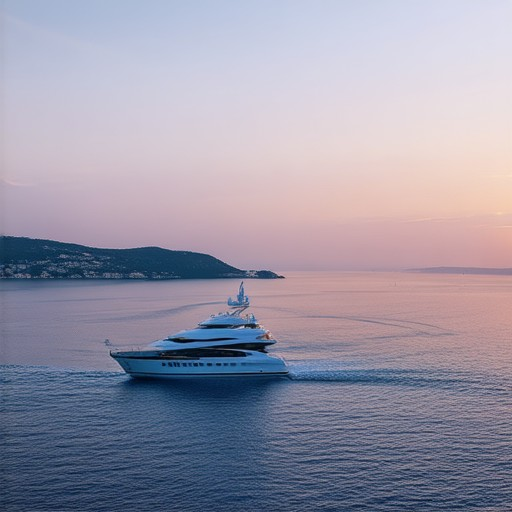
Best Tips for Capturing Stunning Photos of Seascapes and Yachts
To capture stunning photos of seascapes and yachts, consider the following expert tips:
- Timing is Key : The best times to photograph seascapes are during sunrise or sunset, as these periods often yield vibrant colors and dramatic lighting. For yachts, early morning or late afternoon shots can highlight the boat’s silhouette against the sky.
- Composition Techniques : Use leading lines, such as the horizon or the bow of the yacht, to guide the viewer’s eye through the frame. Experiment with angles to emphasize the vastness of the ocean or the elegance of the vessel.
- Focus and Depth : Utilize a shallow depth of field to blur the background and isolate the subject, whether it’s the waves or the yacht. This technique can create a sense of movement and focus on the main elements.
- Lighting Strategies : Look for natural light reflecting off the water or the yacht. Golden hours, when the sun is low on the horizon, tend to produce soft, warm lighting that enhances textures and colors.
- Color Palettes : Capture the vibrant blues and greens of the ocean. Consider the color of the yacht to complement the surroundings, ensuring a harmonious balance between the boat and its environment.
- Motion and Movement : If the yacht is moving, try to capture the motion in the photo. A blurred mast or wake can add dynamism to the image, especially when combined with a steady panning technique.
- Weather Conditions : Plan your shoot around calm waters for mirror-like reflections. Avoid strong winds, as they can distort the boat’s shape and make photography challenging.
- Filters and Gear : Use polarizing filters to enhance the colors of the sky and water. A tripod ensures stability, especially when shooting long exposures or low-angle shots.
- Exploring Locations : Visit lesser-known coves or bays to find unique perspectives and fewer distractions. Research local regulations and environmental guidelines to protect the ecosystem.
- Post-Processing : Adjust the exposure, contrast, and saturation in post-processing to bring out the colors and details. Remove unwanted objects or people from the frame to maintain a clean composition.
For those interested in competitive photography, check out the Sailing Photo Awards, a platform showcasing exceptional maritime photography. Compete or simply explore the galleries and tips shared by professional photographers.
Explore more tips and inspiration on Sailing Photo Awards to elevate your seascape and yacht photography.
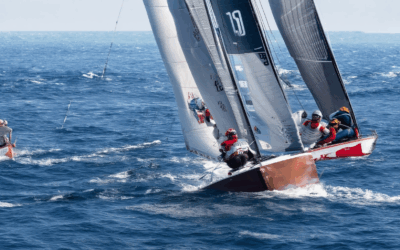
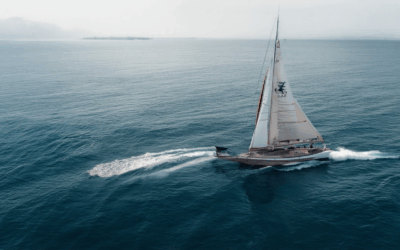
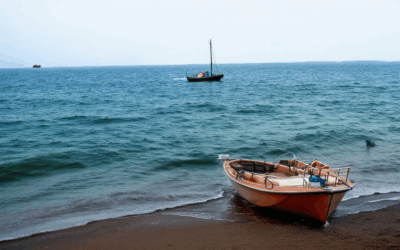
0 Comments